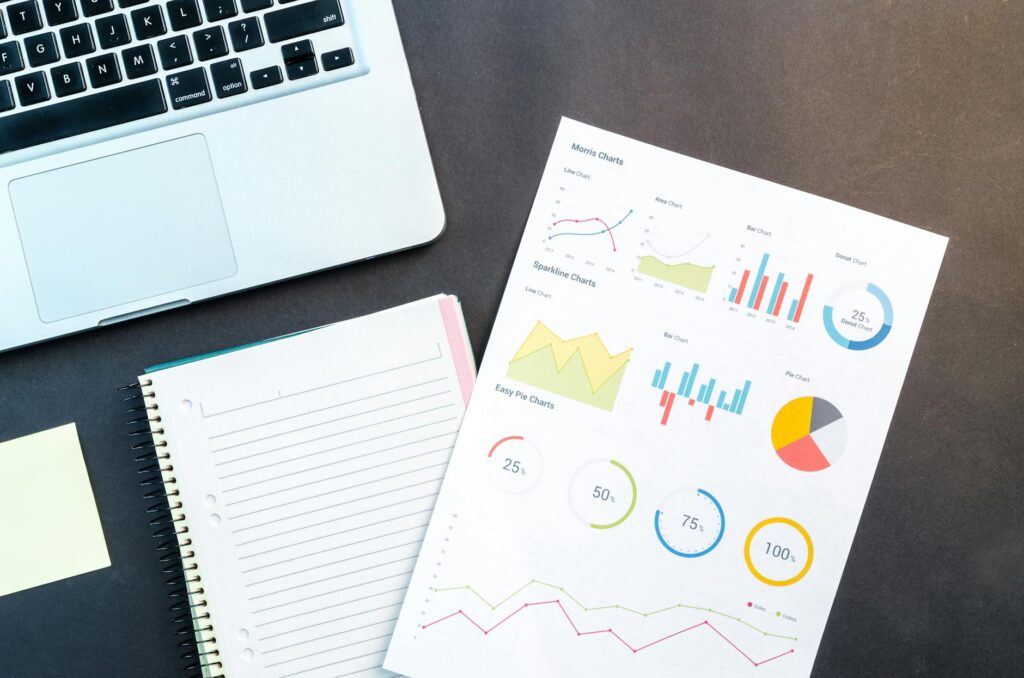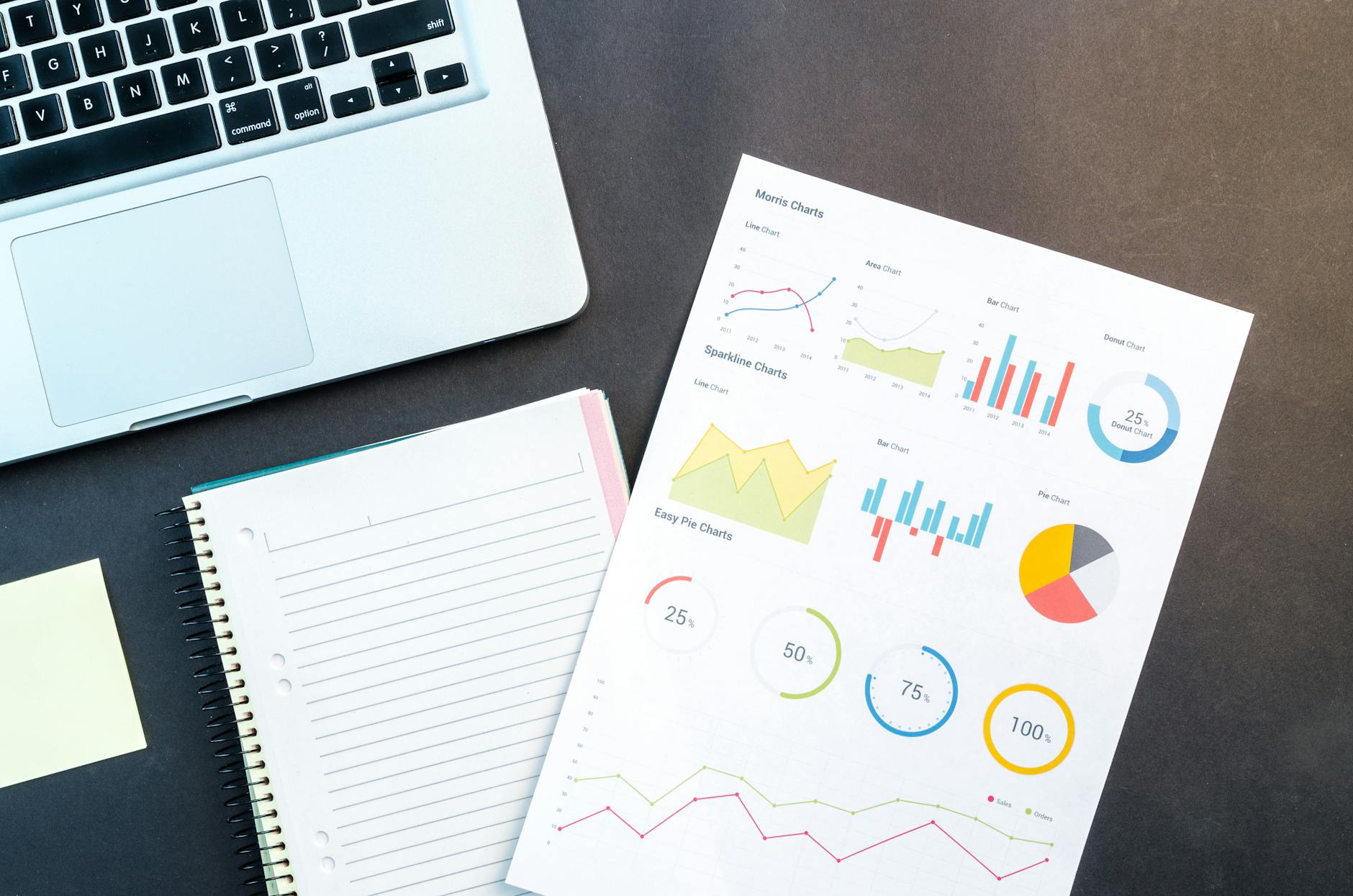What is learning analytics tools?

What is learning analytics tools?
In today’s fast-paced educational landscape, understanding how students learn and what motivates them is more crucial than ever. This is where learning analytics tools come into play. These tools help educators and institutions harness the power of data to enhance the learning experience, making it more personalized and effective. So, what exactly are these tools, and why should you care about them?

Photo by Lukas
Understanding Learning Analytics
Learning analytics is the measurement, collection, analysis, and reporting of data about learners and their contexts. It aims to understand and optimize learning processes and environments. By utilizing learning analytics tools, educators can analyze educational data to glean insights into student performance and behavior.
Definition and Overview
Learning analytics tools are software applications that help in the analysis of data generated by learners during their educational experiences. This data can include grades, attendance records, online engagement statistics, and more. These tools are essential for creating effective educational strategies that respond to students’ needs.
Key Components of Learning Analytics
The primary components of learning analytics include:
- Data Collection: Gathering information from various sources like learning management systems (LMS), surveys, and academic records.
- Analysis Methods: Using statistical methods and algorithms to interpret the data collected.
- Reporting: Presenting the analyzed data in a meaningful way, often through dashboards that make it easy for educators to understand and act on the insights.
Benefits of Using Learning Analytics Tools
The advantages of implementing learning analytics tools are manifold, impacting both educators and learners significantly.
Enhancing Student Engagement
Have you ever wondered how to keep students motivated? Learning analytics tools can identify patterns in student behavior, allowing educators to create more engaging content. By understanding what works and what doesn’t, teachers can improve their teaching methods and increase student participation.
Personalized Learning Experience
Every student learns differently. Learning analytics tools can analyze performance data to tailor educational experiences to individual needs. This personalization can range from customizing content to providing additional resources for struggling students, making learning more effective.
Improving Learning Outcomes
Data-driven decisions can lead to better educational results. When educators understand the factors affecting student performance, they can adjust teaching methods accordingly. This proactive approach can lead to improved grades, higher retention rates, and overall better learning outcomes.
Types of Learning Analytics Tools
There are various categories of learning analytics tools available in the market today, each designed to serve different purposes.
Descriptive Analytics Tools
Descriptive analytics tools summarize past learning data to inform education. They provide insights into what has happened in the learning environment. For example, they can highlight which courses have high dropout rates or show trends in student engagement.
Predictive Analytics Tools
Predictive analytics tools forecast student performance based on data. By analyzing patterns and trends, these tools can predict which students are likely to struggle or excel in their courses. This allows educators to intervene early and provide the necessary support.
Prescriptive Analytics Tools
Prescriptive analytics tools go a step further by recommending actions based on learning data analysis. They can suggest personalized learning paths or recommend resources to help students who may be falling behind.
Implementing Learning Analytics Tools
Integrating learning analytics tools into an educational setting can be a game changer, but it requires careful planning and execution.
Choosing the Right Tool
When selecting learning analytics tools, consider factors like ease of use, integration capabilities with existing systems, and the specific needs of your educational institution. Each tool has its strengths, and the right one will depend on your goals.
Best Practices for Implementation
To maximize the effectiveness of learning analytics tools, follow these best practices:
- Train Educators: Ensure that teachers are well-trained in using the tools and understanding the data.
- Set Clear Goals: Define what you hope to achieve with the data insights.
- Iterate and Improve: Use the data to continuously improve educational strategies and technologies.
Conclusion
Incorporating learning analytics tools into educational practices can significantly enhance the overall learning experience. By leveraging data, educators can create a more engaging, personalized, and effective environment for students. Whether you’re an educator or someone interested in personal development, consider how learning analytics can transform your approach to education. Embracing these tools can lead to better outcomes, not just for students, but for the entire educational ecosystem.
For more information on learning analytics tools, check out this overview of top learning analytics platforms and explore the various types of tools available.